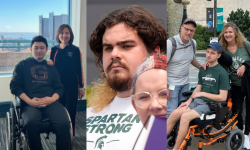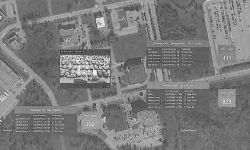Report on deadly MSU shootings offers little insight into campus probe
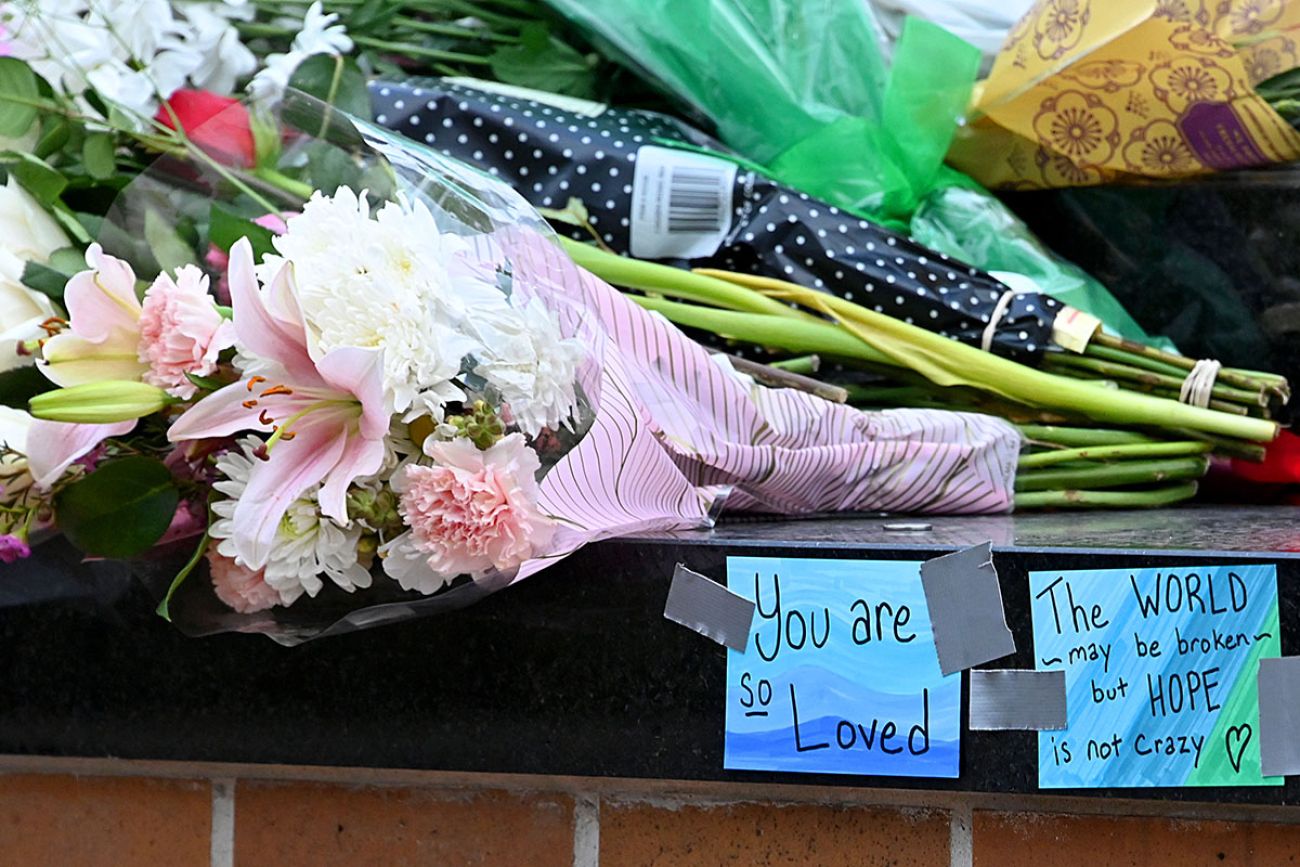
- A consulting firm recommends MSU add security cameras and make campus lockdowns easier following the Feb. 13 shootings
- But the report contained almost no details on what the firm found in its investigation of the shootings, which killed 3 and injured 5
- Several undergraduate students said Tuesday they feel safer on campus with door locks and restricted building access
EAST LANSING— An outside security consulting firm outlined dozens of ways Michigan State University could improve campus security following the deadly Feb. 13 mass shooting, in a report issued Tuesday.
But the 25-page report offered almost no detail or insight into what the investigation found, what problems were identified, or what witnesses or university officials told investigators that led to the recommendations.
MSU and the consulting firm agreed to keep the names of individuals interviewed confidential, making it impossible to know which university security or administrative officials talked to investigators, and which did not.
Related:
- Outside report says MSU should improve security following deadly shootings
- Michigan State University cancels classes on anniversary of shooting
- Lawyers for 3 more students indicate they may sue MSU in shooting
Security Risk Management Consultants, the Ohio consulting firm hired by MSU, called for more security cameras on campus, new classroom locks and new policies to make it easier to lockdown university buildings.
A university spokesperson said even though the report did not highlight specific problems, it provides MSU with recommendations that will make the campus more safe. Since the shooting, which killed three students and seriously injured five others, the school has been implementing many of the changes SRMC suggested.
“They are saying that these (changes) should be important to that effort” of improving campus safety, MSU spokesperson Dan Olsen said.
In contrast to the summary nature of the MSU report, the state of Virginia publicly released a 260-page report following the April 2007 mass shooting at Virginia Tech University that killed 32 students and staff and injured another 17. That report went into great depth about what investigators found and addressed head-on university decisions that delayed campus lockdown warnings by two hours. It also included an appendix listing the more than 200 witnesses interviewed for the report.
The Virginia Tech report was released five months after that shooting and included public funding to ensure all the records and interviews compiled for the review would be archived and eventually become public.
Jason Russell, an education security consultant who serves on Michigan’s School Safety and Mental Health Commission, was critical of the SRMC report, saying it “lacks detail and presents a missed opportunity for MSU to improve campus security and safety following this tragedy,” he told Bridge in a statement.
“After an emergency, institutions have the opportunity to thoroughly examine the circumstances surrounding the event,” Russell said. “When done well, an after-action review can be a powerful change agent with a significant impact on safety and security.”
Russell, whose company applied to conduct the report, told Bridge in a phone interview that after-action reports are typically between 75 and 300 pages long while the MSU report is “extremely thin and cursory.”
He said he would have liked the report to have detailed several concerns: the delay in notifying students about the shooting; the time it took to find a photo of the gunman to distribute to the public that evening; how the gunman was able to enter the union, and the reason why classroom door locks hadn't been installed.
“I think the law enforcement officers did a commendable job and I think this (consultant) firm, everything I’ve heard from (colleagues), is extremely reputable, I just think MSU wanted what they wanted, (and) wasn’t really interested in an actual review.”
Following the MSU shooting, campus police acknowledged there was a roughly 12-minute gap between when a police sergeant ordered a campus lockdown and when the warning was issued. That delay is not specifically discussed in Tuesday’s report.
Indeed, the report lauded the performance of campus police in its emergency response to the shootings, calling it “appropriate, timely and correct.” It determined campus police actions that evening did not lead to more lives being lost.
“This report is a critical next step in our ongoing commitment to ensuring MSU is a safe place for all who come to our campus,” MSU interim President Teresa Woodruff said in a statement. “It provides concrete recommendations for strengthening campus safety and reinforces our efforts are on the right track.”
University records show MSU officials allowed SRMC to interview relevant employees and witnesses, watch and listen to audio and video recordings, and review detailed data from the night of the shooting and review existing procedures and capabilities.
The “master service agreement” signed in April called for SRMC to “compile a comprehensive written report on our findings. Our report will include recommendations on lessons learned, promising practices, and improvement plans as they apply to the University’s initial and ongoing response to the incident.”
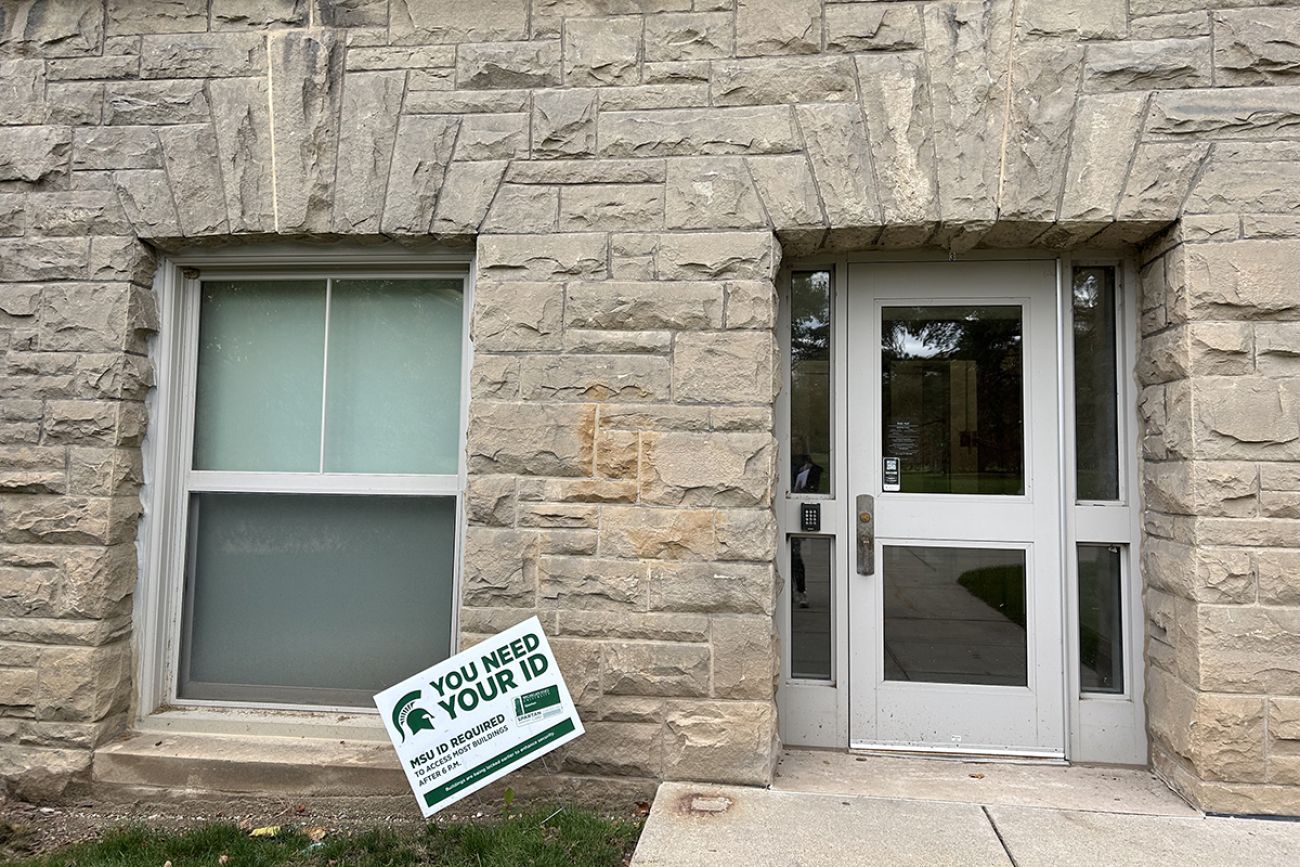
Security updates in the works
Consultants with SRMC, based just outside Columbus, interviewed university and community officials but did not disclose who participated, Olsen said, in order to get frank answers. Some declined to be interviewed as well. The report specifically mentioned some police were not interviewed, but offered no detail.
Since the shooting, the university has added new locks to 65 percent of campus classrooms, limited access to buildings and centralized the use of video cameras on campus, officials have said.
An interim “security operations center” is in use while a permanent facility is being built. It will house video feeds from across campus and centralize the ability to lock down buildings, Olsen said. The goal is to finish work on the facility by December, he said.
At the time that shooter Anthony McRae, 43 of Lansing, entered a student classroom in Berkey Hall just off Grand River, police were not able to watch live video feeds, many classrooms did not have interior locking mechanisms and there was no way for dispatchers or officers to lockdown the campus at once, as peers at many universities can.
Fatima El-Sayed, a first-year student from Dearborn, told Bridge on Tuesday she often has to swipe to get into university buildings and frequently sees police officers on or around campus.
“I honestly feel like they’ve got it,” she said, referring to MSU’s handling of school safety. El-Sayed said she has also taken the active violence intruder training the university is now strongly encouraging.
MSU delay in alerting campus
Attorneys representing students killed or wounded in the attack have told MSU they intend to file lawsuits, claiming the university was negligent for having buildings that remained open to the public and classrooms without locks.
They were also critical of a delay between the first 911 calls about an active shooter at 8:18 p.m. and the first campus emergency alert, which went out at 8:30, a gap previously highlighted by Bridge.
As Bridge previously reported, Michigan State Sgt. Zachary Rangel was on the scene of the shooting at 8:20, just two minutes after the initial 911 call at 8:18 and radioed in a call for a campus lockdown.
A student cadet took Rangel’s call, but the alert was not issued for another 10 minutes. Officials have said no one with authority was around to log into the emergency alert system at the time and that it required someone who was a sergeant or higher to issue an alert.
The SRMC report makes no mention of that delay, but does suggest a change in policy that would allow an officer to implement a campus lockdown or a sergeant “in the field” to do so.
Olsen, the university spokesperson, said Tuesday that those changes — not in place now — will be made soon once the security operations center is open.
Michigan State officials acknowledged that when the first panicked 911 calls came in, so many officers went to the scene on their own accord that no one was at headquarters to log into the system that sends emergency alerts.
The SRMC report calls for all dispatchers to have access to an emergency lockdown button and appears to suggest the process on Feb. 13 took too long.
“The process should include a verbal authorization process using radio communication so the lockdown can be initiated from the field,” the report suggests.
SRMC did not respond to Bridge Michigan's requests for an interview.
Victims’ families questioned MSU response
McRae shot and killed Alexandria Verner, 20, of Clawson, and Arielle Diamond Anderson, 19, of Harper Woods, in the Berkey Hall classroom, badly injuring several others, leading to the first 911 calls.
The shooter then exited the building and headed in the direction of the student union building. He entered through an unlocked door and shot and killed Brian Fraser, 20, of Grosse Pointe Park.
It then took several more hours before McRae was located. Area police saw him on foot and confronted him a few miles from campus. Police say the gunman killed himself as they approached. He was pronounced dead at the scene.
In the aftermath of the shooting, students expressed frustration with the university’s messaging alerts, which went out at 8:30 and 8:31 p.m., with no further messages until 10 p.m. Meanwhile, officers were criss-crossing campus looking for McRae and investigating dozens of reports of additional shootings and suspicious people and cars.
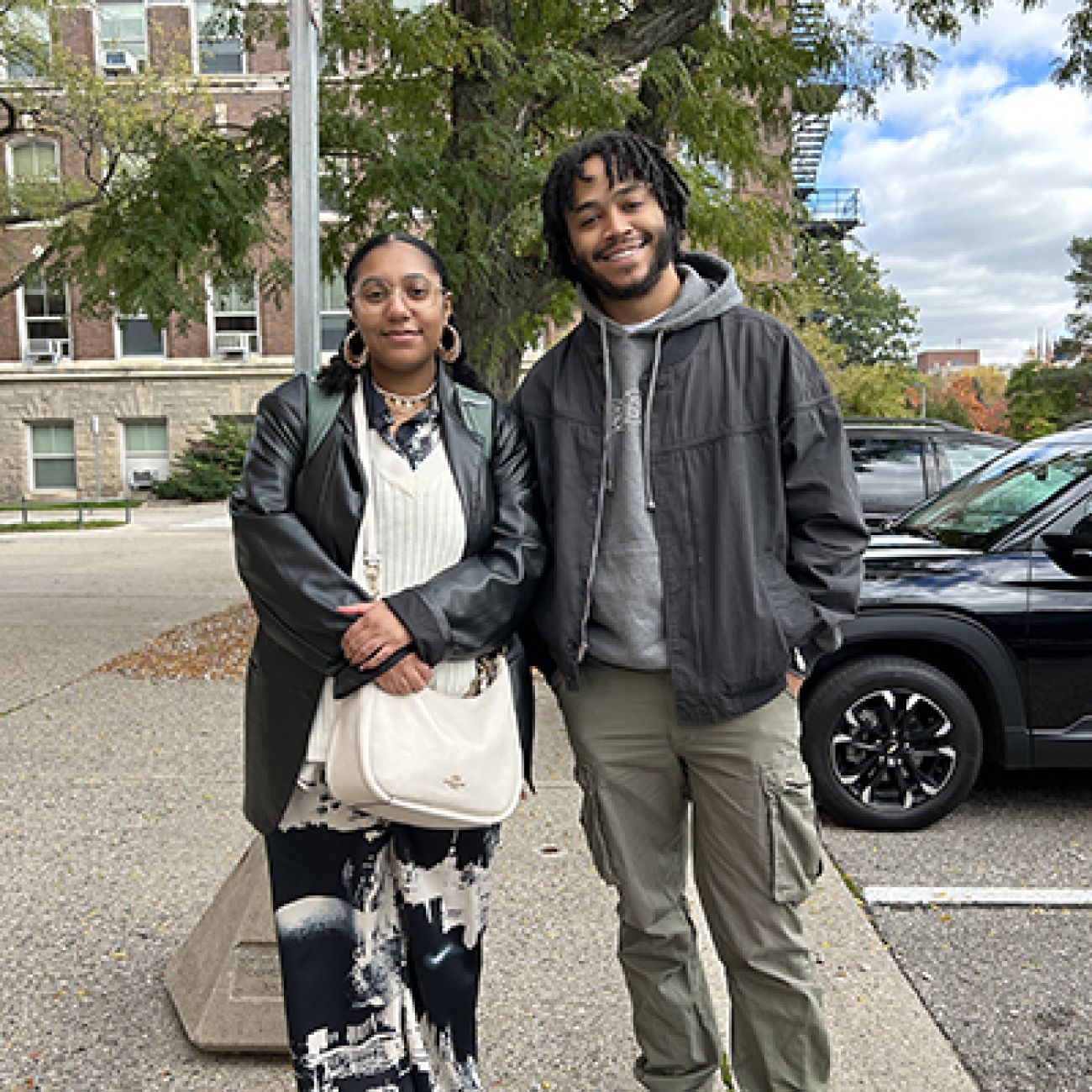
Olsen said the university is working to make changes and that the report is a welcome guide.
“This gives us that reassurance that we are on the right track,” Olsen said. “We are taking serious their recommendations on how we move forward to ensure the safety of our campus.”
Woodruff announced the issuance of the report in a campus email Tuesday morning.
Several students told Bridge they remember the chaos of the night of the shooting, where students were getting bombarded with information, much of it inaccurate, from friends and police scanners.
Students said they have noticed this semester the locks on classroom doors, restricted access to buildings in the evening and tests of MSU alert systems.
“I do appreciate the locks on the doors, on some classes, but I wouldn’t say they’re on all of them,” said Myles Reed, a senior studying creative advertising.
Michigan Education Watch
Michigan Education Watch is made possible by generous financial support from:
Subscribe to Michigan Education Watch
See what new members are saying about why they donated to Bridge Michigan:
- “In order for this information to be accurate and unbiased it must be underwritten by its readers, not by special interests.” - Larry S.
- “Not many other media sources report on the topics Bridge does.” - Susan B.
- “Your journalism is outstanding and rare these days.” - Mark S.
If you want to ensure the future of nonpartisan, nonprofit Michigan journalism, please become a member today. You, too, will be asked why you donated and maybe we'll feature your quote next time!


